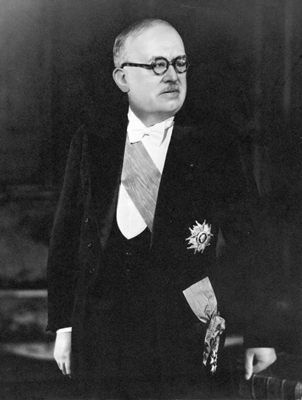Elysée Agreement Establishes Associated State of Vietnam
March 8, 1949

By the start of 1949 the United States is primed to support the French war effort, though it cannot send military assistance to support French colonialism. Despite U.S. doubts about Bao Dai’s sustainability as a nationalist leader, the National Security Council believes that global communism is on the rise, particularly after recent developments in Korea, China, and the Soviet Union. The United States fears that “losing” countries in Southeast Asia to Communist control could have far-reaching consequences.
In early February 1949 the French National Assembly ratifies the Elysée Accords. Days later, U.S. Secretary of State Dean Acheson announces that the United States officially recognizes the Associated States of Indochina: Vietnam, Laos, and Cambodia. France formally retains the right to control most of Vietnam’s foreign and military affairs, and economic and fiscal policy. But the United States can now officially respond to Vietnamese requests for economic and military aid. French President Vincent Auriol and new Vietnamese Chief of State and former emperor Bao Dai sign the Elysée Agreement on March 8, 1949.1